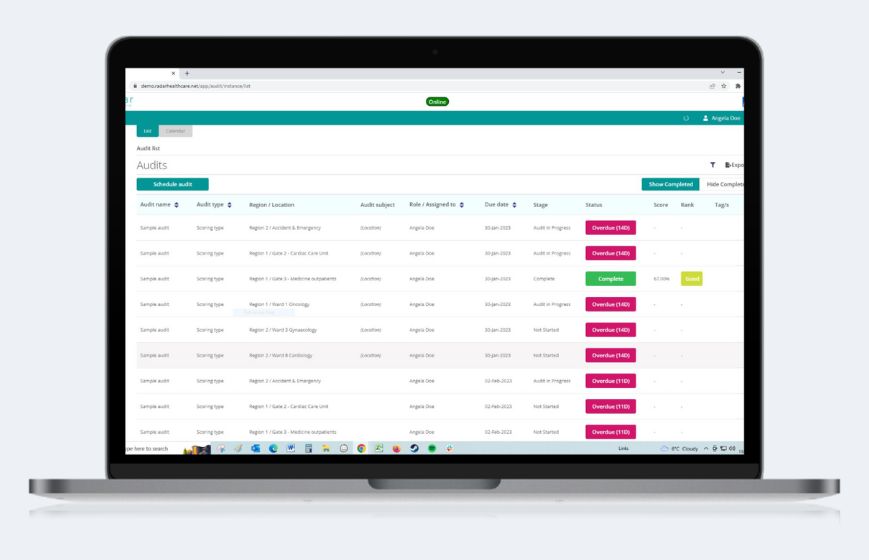Navigating the Path to Sustainable CQC Excellence: Key Insights from our Latest CQC Webinar
Tags:
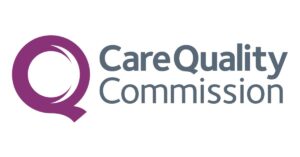 CQC Webinar Recap: Navigating the Path to Sustainable CQC Excellence
CQC Webinar Recap: Navigating the Path to Sustainable CQC Excellence
Did you miss part 2 of our CQC webinar, “Navigating the Path to Sustainable CQC Excellence”? Here’s a recap of the insightful discussions and key takeaways from our expert panel.
The Care Quality Commission (CQC) plays a vital role in setting standards and inspecting healthcare providers to ensure they meet these standards. Navigating the new CQC regulations can be a daunting task, but with the right tools and strategies in place, healthcare organisations can thrive under the new framework.
In this blog, we will delve into the key takeaways from Radar Healthcare’s recent webinar on achieving sustainable CQC excellence.
Meet our expert panel
-
Antony Hall
Director of Regulation at HC-One
-
Simon Qasir
Chief Revenue Officer at Radar Healthcare
-
Julie Rayner
Care Quality Governance and Compliance Director at Hallmark Luxury Care Homes
-
Mark Fewster
Chief Product Officer at Radar Healthcare
“From a governance perspective, Radar Healthcare is invaluable. It easily shows not only the care being delivered and its quality, but also what people feel about that care. Additionally, it analyses and identifies trends, allowing you to focus attention on where it will have the most impact.
In the world of governance, this is truly a gift.”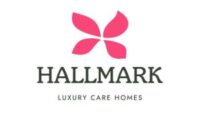
Unpacking the New CQC Framework
Navigating the new CQC regulations can feel like exploring a complex maze, but our recent CQC webinars (part 1 and part 2), hosted by Chief Revenue Officer, Simon Qasir, provide much-needed guidance. Joined by industry experts Mark Fewster, Julie Rayner, and Antony Hall, they demystified the new regulations, offering clarity and direction.
The panel concluded feedback remains a crucial element of any CQC strategy. With three out of the six evidence categories focused on experience and feedback, gathering, analysing, and acting on feedback from patients, families, and staff is essential for achieving a Good or Outstanding rating. This evolution necessitates robust systems and processes for feedback management.
Emphasising Evidence and Best Practices in the Updated CQC Framework
The updated CQC framework also emphasises the importance of evidence. Organisations must comprehensively document and demonstrate their practices, improvements, and responses to incidents. This requirement highlights the need for effective document management systems and transparent operational processes.
Antony and Julie further enriched the discussion by sharing their best practices and offering valuable tips for tackling the CQC challenges.
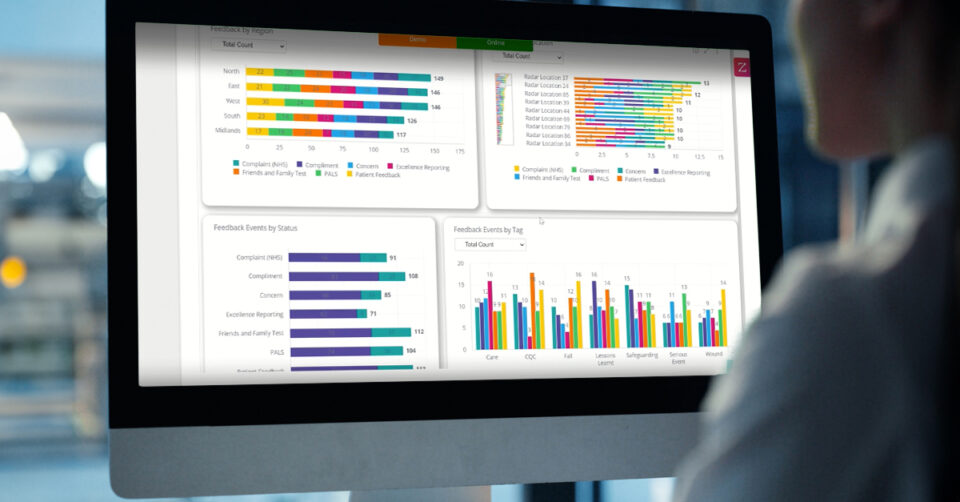
“I think a keyword here is “opportunity”. The CQC’s new single assessment framework and new regulations give health and social care organisations a great opportunity to really utilise evidence and feedback to drive quality improvement.”

Strategies and Best Practice for Sustainable Excellence
In our recent discussion into the world of CQC regulations and best practices, a standout topic was the power of ingraining a culture of continuous improvement within health and social care organisations.
Insights from Hallmark Luxury Care Homes
Julie Rayner, Governance and Compliance Director at Hallmark Luxury Care Homes shares insight into their approach and experience with achieving CQC excellence.
“All our English homes are rated either Good or Outstanding by the CQC, and our six homes in Wales have achieved the highest shadow rating of Excellent from the Welsh regulator. Quality is a top priority at Hallmark, and the new single assessment framework has allowed us to showcase our exceptional work.
We had to rethink how we presented evidence, as inspectors could no longer directly experience the home’s atmosphere. Keeping our team informed about the framework’s development was crucial. With our Head of Compliance involved in CQC development groups, we stayed ahead of updates, ensuring everyone was prepared through comprehensive inspection readiness training.
Our internal quality audits now align closely with CQC standards, emphasising feedback from residents, families, and staff. We’ve utilised our risk, quality, and compliance system, Radar Healthcare, to capture positive outcomes and feedback, and every home maintains CQC evidence folders on a shared drive, organised by domains and quality statements. This preparedness allows us to promptly provide CQC with necessary evidence, demonstrating our commitment to quality and outstanding care.”
Emphasising Evidence Gathering and Observational Techniques
The conversation highlighted the importance of shifting the mindset of frontline workers to prioritise evidence gathering. Antony Hall, Director of Regulations at HC-One also shared insights into how they have found implementing the new single assessment framework:
“We’ve prepared extensively with our homes across regions, and we’re in a strong position regarding awareness of the framework. This is a significant opportunity to demonstrate the excellent care we provide. If we care well and put residents first, this framework allows us to showcase that.
The key lies in the evidence categories, which invite us to demonstrate the exceptional experiences we offer residents. This includes feedback from residents, families, staff, home leaders, and external partners. One powerful aspect is observation, a technique underutilised by many. Having worked with CQC for 12 years, I know observation was crucial in inspections, especially in dementia care.
Observation can be employed by anyone – frontline staff, residents, relatives, and visiting healthcare professionals – to provide fresh perspectives and identify areas for improvement. This is incredibly powerful. Therefore, it’s vital to communicate to our frontline staff the importance of delivering the best possible experience and leveraging observation and evidence categories to our advantage.”
Technology as a Catalyst for Quality
When striving for CQC excellence, technology can be a valuable tool for efficiently managing and overseeing processes. However, selecting the right technology solution is the real challenge. How can you ensure it will work for your team and be the right fit? These are questions we often hear as a technology supplier.
During the discussion, the panel highlighted the benefits of technology as a catalyst for quality improvement and achieving CQC excellence and emphasised how Radar Healthcare prioritises enhancements and developments based on customer engagement. Mark Fewster, Chief Product Officer at Radar Healthcare explains the design process for our CQC dashboards:
“In terms of the design process, the first step is gaining a thorough understanding of the new framework changes. We need to quickly get up to speed and deeply understand these changes before we can effectively address the problem. Listening to insights from customers, like Julie and Anthony, highlights the critical importance of evidence quality.
The main opportunities lie in capturing feedback, managing observations, and ensuring evidence is easily accessible. For our users, this means having data sets available with just a couple of clicks. We believe that it’s essential to keep the customer at the heart of product design, not just for the new CQC dashboards, but for all our projects.
We have multiple mechanisms for collecting feedback and ideas from customers. For instance, BETA groups, forums, and face-to-face sessions. Another mechanism that we use a lot is the Community, where customers are free to put forward ideas and suggestions, and others can vote and have visibility of that. To date, 32% of all ideas put forward have been implemented into Radar Healthcare, 18% are planned for development, and 50% are open.
Our process typically involves understanding, developing with customer engagement, and designing solutions with their input. This ensures the product meets their needs effectively as well as make the biggest impact.”
“Real partnership working is evident in understanding our vision for the system and its role in quality assurance and improvement across our hospital trust. The thirst for innovation is inspiring and we have shared values in this respect which is very important to build confidence that the system will be delivered to meet our requirements.”
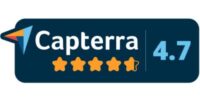
Introducing Radar Healthcare’s CQC Dashboards
Within the webinar, Mark showcased the CQC dashboards, highlighting the benefits and opportunities, and how the dashboard links to inspection evidence, feedback, learning, and observations.
As we know, the CQC framework has changed to focus on evidencing quality and feedback from internal and external sources. The dashboard can link to these categories, making it easy to manage overdue audits, action plans, and other relevant data. It serves as a central hub to access detailed evidence related to assessments.
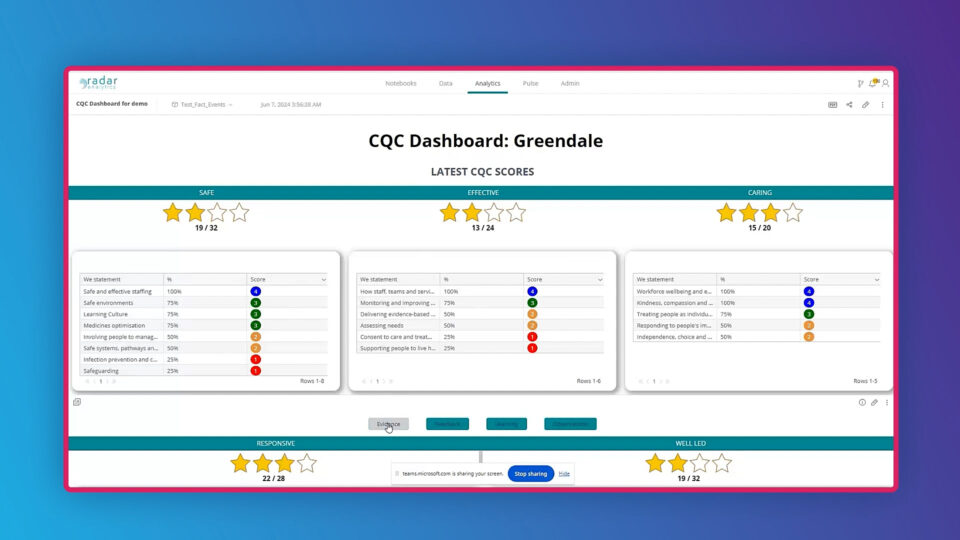
“There are two main event types: one for CQC assessments and another for observations. The CQC event allows you to input scores for your 'we' statements and transfer legacy CQC scores into the new framework, enabling you to measure and track performance across all registered sites. The observation event can be used internally or externally, allowing staff to perform observations, such as on a resident in a care home, and also enabling visitors and family members to conduct observations. This mechanism helps in collecting feedback and observations, which aids in tracking and maintaining CQC scores."

Leveraging Observations and Integrated Learning for Enhanced Care Quality
Observations are a new event type we have introduced. Now, staff, visitors, and family can use QR codes to submit observations, contributing to data that drives the observation dashboard. This dashboard can track observation details, mood states, staff interactions, and changes over time, helping identify areas for improvement.
Learning is also integrated into our workflow steps. The CQC dashboard has been configured to track lessons learned from events, physical and psychological harm levels, root causes, and contributing factors. This helps identify common themes and improve future care delivery.
The CQC dashboard, driven by the latest assessment or mock inspections, links to Radar Healthcare’s templates, providing comprehensive insights and action plans. This approach ensures efficient management and continuous improvement of care quality.
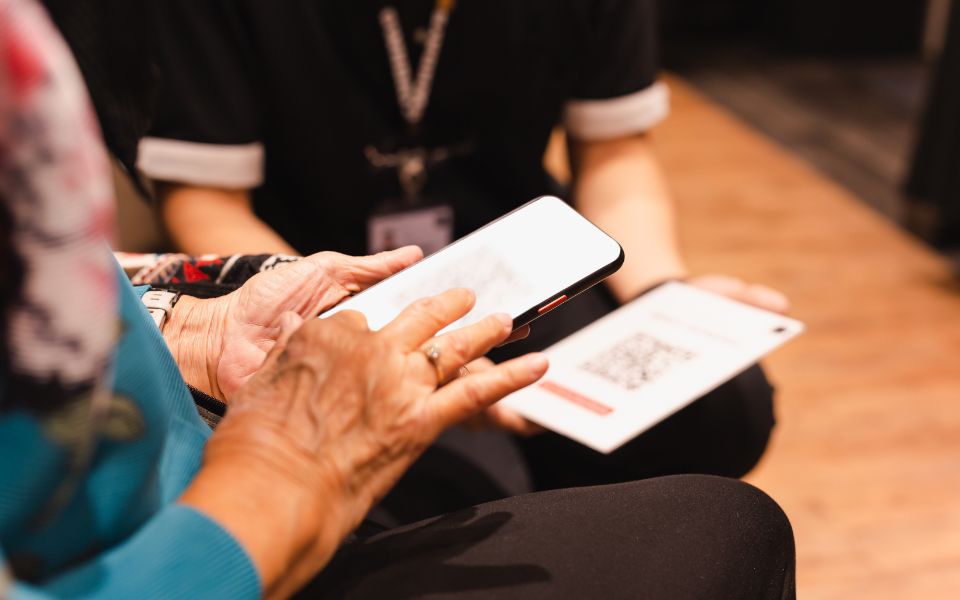
“I think that sounds fantastic moving forward. It's going to be valuable to track CQC outcomes across services. But what really makes my ears prick up is the observation piece. Currently, our team records the impact of activities on residents in hard copy. With the observational event, they would be able to capture that digitally. Capturing information on paper makes it difficult to track, analyse, and derive useful insights. Having it on a digital system opens incredible opportunities for analysis and improvement. I think that's so helpful."

Summary
In conclusion, our CQC webinar series has provided valuable insights into the new framework and how technology can drive quality improvement and help achieve CQC excellence.
If you missed part 1, we highly recommend catching up to gain a comprehensive understanding.
“Observation and interaction must be positive and make a difference to the resident; otherwise, there's little point in doing them. It can be as simple as how you present a cup of tea. The ability to observe other interactions and then quantify and analyse them as positive, negative, or neutral is crucial. Additionally, having a form that anyone can use in our homes is a game changer for me."
Book your demo Live Q&A from the webinar
Anyone that’s a Radar Healthcare customer is going to receive the two new event types and the CQC dashboards free of charge.
Radar Healthcare wouldn’t automatically create an action plan. However, if you have an audit where you have a non-conformity against whatever your questions were, the system could enforce you creating that action plan, but the system wouldn’t create the contents of that action plan. This step can be completed within the Action Plans Module.
Think of it as having a QR code on a poster on the wall, with some simple terminology around observations. If people have a device, they can easily access it. It’s a simplified version of the demo, with fewer questions. They can quickly provide straightforward feedback about interactions between staff and residents. This makes it as easy as possible for people to give you that extra information.
Currently, the information is sourced directly from events within Radar Healthcare. We already have integrations with other organisations, for example with Nourish Care, pulling events from their platform. This is something we’re actively discussing internally to align with our joint roadmap. Typically, any care platform we integrate with would likely support similar capabilities, although specifics would depend on each platform’s features and integrations.
Yes, the form allows for adding comments against each WE statement individually, or you can add a centralised comment linked to the event. Additionally, Radar Healthcare provides another comments section for flexibility in adding narrative.
Radar Healthcare supports speech-to-text functionality on mobile devices, allowing you to dictate directly into any free text box. This feature captures your spoken words accurately and populates the field accordingly.






